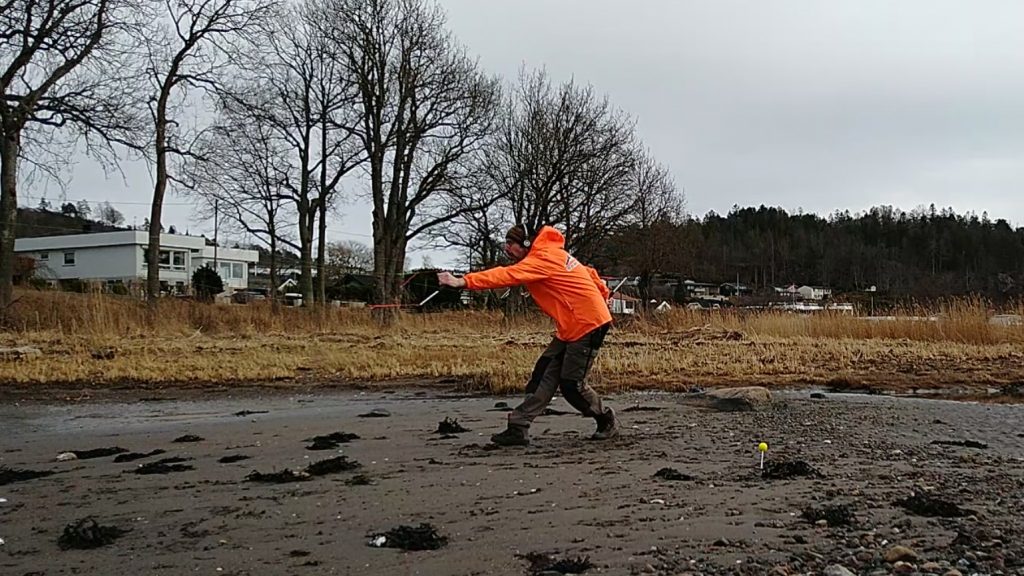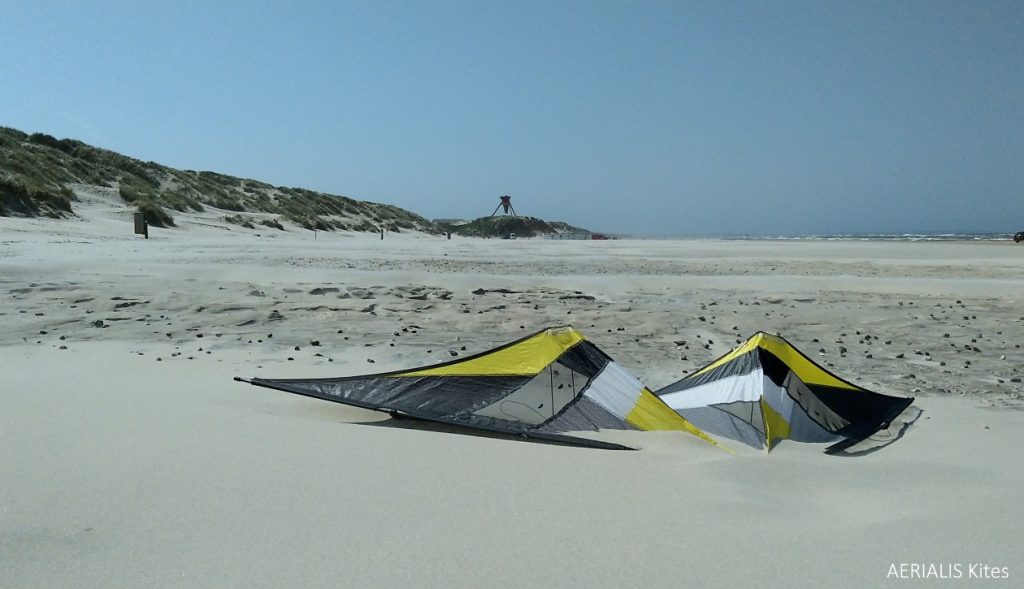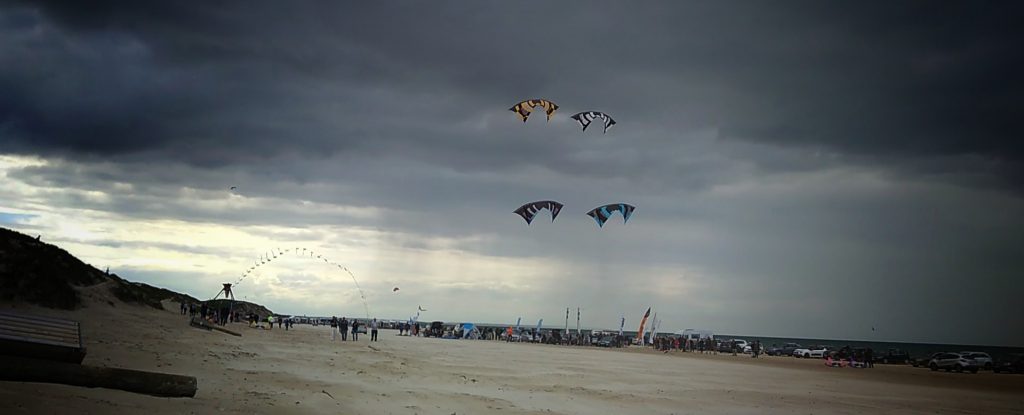The background
Now, this question was popped by Exult as a comment to my “Still Can Do This” article some days ago. A very good question indeed, and a question I’d rather try to answer writing an article about rather than reply to the comment itself, it because the question did trigger a few thoughts. So don’t look for the answer in the comments field of that post. You get it all right here!
So… What was the question again?
“Would you say that quad line kiting contributed anything to duals when returning to them after your long break, for precision/figures, tricking, ideas…?”
Exult, April 18th 2020
Well, I don’t think I can really pinpoint any specific contributions, but I’d like to say a few things anyway.
Body language
I might have become more aware of my body language, the way I use my body to enhance my input to the kite. Or maybe rather the different ways I use my body flying DLKs compared to flying QLKs.
Flying DLKs means a lot more motion on the ground. There’s practically no other way to obtain that speed control required for flying. This becomes very clear when flying your DLK at a constant speed no matter what direction you fly or where your kite is inside the wind window.

This is a completely different story when it comes to QLK flying where you (literally) have the speed control built-in into your handles.
However, when I have discovered a handful of tricks you can perform with your QLK there are similarities. Most tricks involve your lines going slack for a short period of time. This is often obtained by moving downwind to ease the wind pressure in the sail allowing the lines to actually go slack. Slack lines are essential for tricking bot DLKs and QLKs.
Sensing the wind
The wind is dynamic (except when flying in an absolutely deat stable onshore breeze at the beautiful Blokhus Beach, DK ;-)) The wind speed drops and increases, it’s direction changes, turbulence and other interesting phenomena happen and all these dynamics immediately have an impact on your kite.

I think I’ve built a somewhat improved ability to sense and “read” the wind and compensate for the wind variations when flying. It’s difficult for me to conclude if this is because I have flown QLKs for quite some time now or if it’s just the share number of hours flying (regardless of what type of kite I fly). It could off course be a combination of the two.
Team Flying
Team flying with QLKs has made the learning process for both myself and for the team as a whole lot easier. When you can stop (and hover) your kite in the middle of the air, you automatically have (much) more time to talk all the pilots through each sequence! This is surely flattening the learning curve and prevents frustrations that might build up.

You know, when you’re in the middle of a pretty complex sequence, all pilots actually can stop and hover their kites allowing for sorting out misunderstandings or what-nots in the middle of the air.
This have got me thinking that it sometimes it might be a good idea to fly different sequences with QLKs to kind of get familiar with the sequence prior to flying the same sequences with DLKs. It surely could be interesting to try!
The most significant impact
The one thing that perhaps has had the most impact on my flying has nothing to do with the type of kite, but rather the conditions. When I tell people that I fly kites indoor, their faces turn into question marks and the word ‘fan’ is soon on everybody’s lips. But no, no fans are involved, they must rather be switched off not creating any form of turbulence! It must be absolutely dead calm!

Because when there is absolutely no wind at all, you must yourself create the pressure in the kite’s sail to make it fly. That really opened my eyes to what happens to the kite when the wind hits it. I learned a lot about the wind’s impact on a kite, the aerodynamics, what different (sail)pressure will do with the flying characteristics, what impact different angle of attacks will have on your kite and a lot of other (more technical) stuff.
And, when you fly your kite indoor on a pair of 3m lines, you get things really up close so you actually can see what’s going on and all the tiny details that “disappear” when your kite is 30m away.
Summary (sort of)
So is there a summary of all this? Yeah, there might be. I can’t say for sure any specific DLK flying skill has been improved by flying QLKs. But one thing I’m totally convinced about is that the more hours you spend flying – regardless of what type of kite you fly – the more you develop your skills. You’ll get better to read and compensate for the wind, your (technical) flying skills will improve, you’ll start to notice small details that sometimes have a major impact on your flying, a mix of intentional flying and go-with-the-flow type of flying is what suits me the best.
Like always, there is No One Truth, you’ll have to go out there and find out for yourself. Connect to the Elements, Disconnect from the World …and…
Just Fly!




